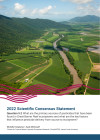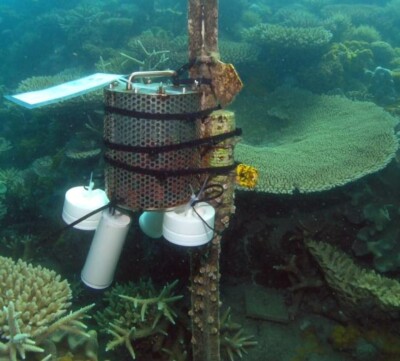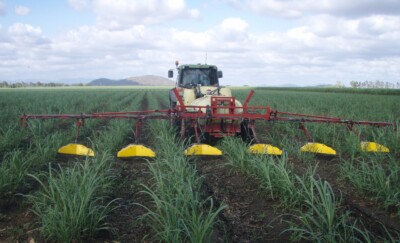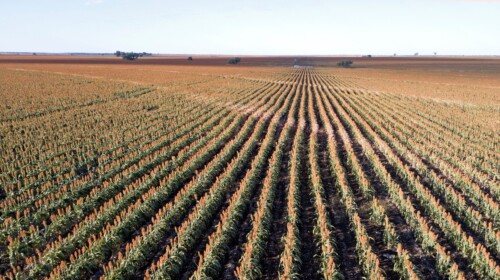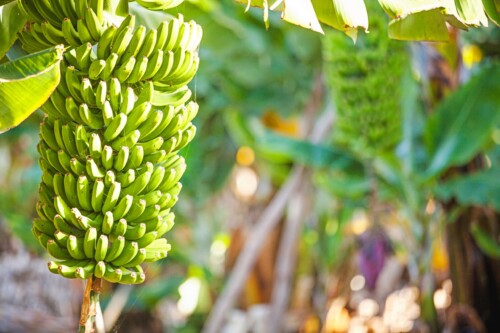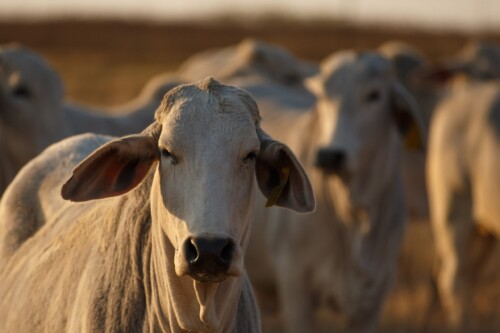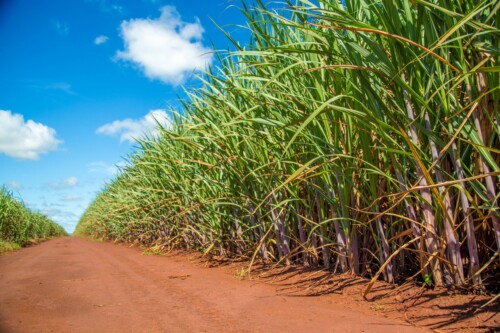Pesticides and other pollutants

What are the primary sources of pesticides that have been found in Great Barrier Reef ecosystems and what are the key factors that influence pesticide delivery from source to ecosystem? [Q5.2]
Authors: Michelle Templeman1, Sarah McDonald1
Affiliations: 1Centre for Tropical Water & Aquatic Ecosystem Research (TropWATER), James Cook University
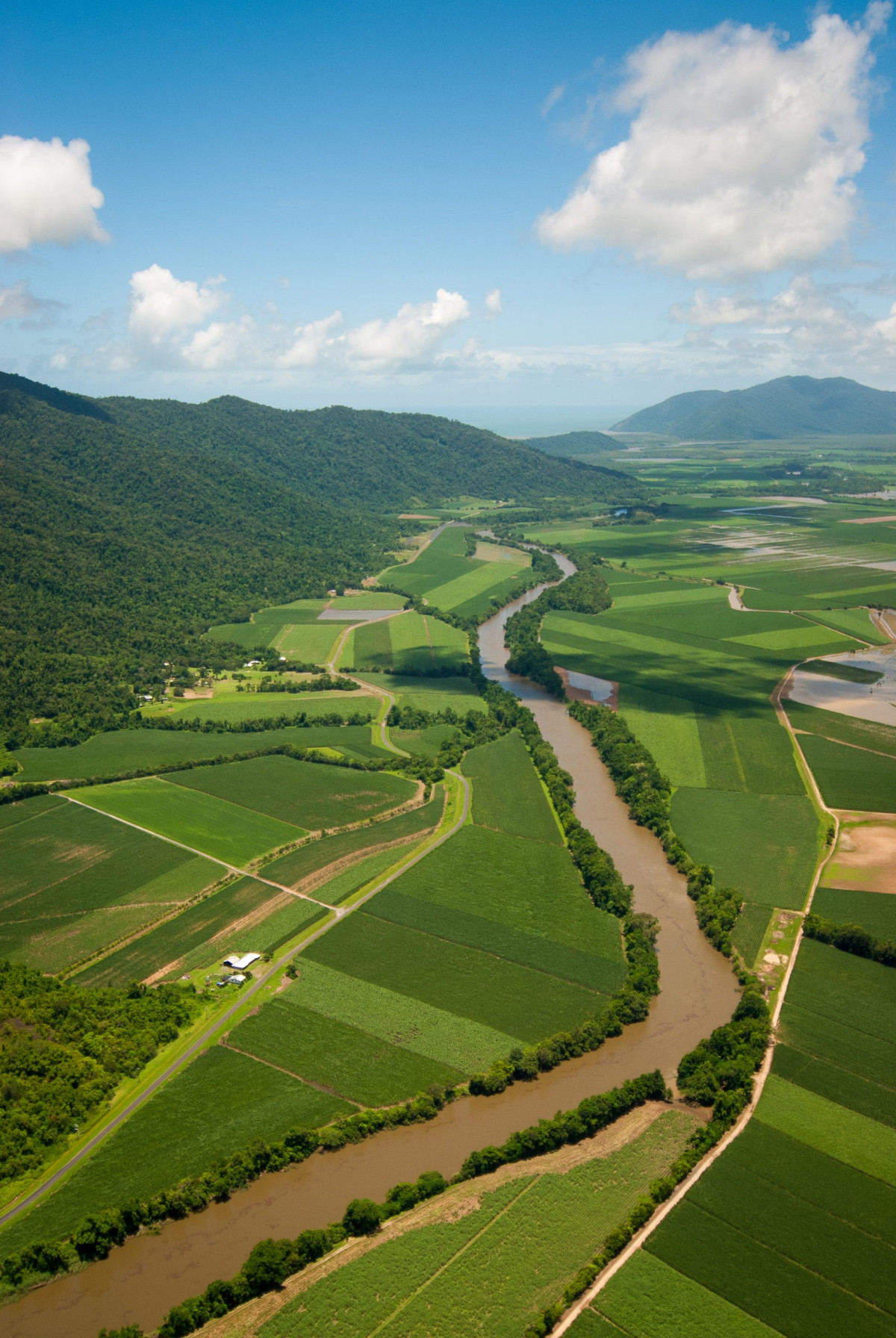
Evidence Statement
The synthesis of the evidence for Question 5.2 was based on 109 studies undertaken mostly in the Great Barrier Reef catchment area and published between 1990 and 2023. The synthesis includes a High diversity of study types (31% observational, 29% experimental, 23% reviews and 17% other including modelling), and has a Moderate-High confidence rating (based on Moderate–High consistency and High overall relevance of studies).
Summary of findings relevant to policy or management action
Pesticides including herbicides, insecticides and fungicides, continue to be detected in most basins in the Great Barrier Reef catchment area. Sugarcane areas are the largest contributor to end-of-catchment pesticide concentrations, dominated by photosystem II inhibiting herbicides (PSII herbicides). While pesticides are used over large areas of grazing lands, the relative ecological toxicity of the dominant pesticide, tebuthiuron, is low compared to other PSII herbicides. Other land uses including, horticulture, banana growing and urban areas can be large users of some pesticides, but their total area within the Great Barrier Reef catchment area is relatively small. Herbicides, specifically PSII herbicides, are the most common and abundant pesticide type measured in end-of-catchment monitoring followed by other herbicide types and insecticides. Catchments with minimal agricultural activity, such as the Ross and Kolan basins, have the lowest PSII herbicide contributions. Imidacloprid is the most commonly detected insecticide in Great Barrier Reef catchment area and is associated with banana, sugarcane and urban activities. The key factors that influence export of pesticides to the Great Barrier Reef are pesticide application rates, the timing between pesticide application and rainfall, irrigation regimes, and pesticide properties such as persistence. Other factors that can influence delivery of pesticides to the Great Barrier Reef include soil characteristics, pesticide formulations, climatic conditions and particularly extreme weather events, and catchment characteristics.
Supporting points
- Overall, there is no substantive evidence to indicate that the main land use contributions to pesticide concentrations in the Great Barrier Reef catchment area have significantly changed since the 2017 Scientific Consensus Statement.
- The 2009 to 2016 Great Barrier Reef Catchment Loads Monitoring Program focused on end-of-catchment loads with a target of 50% reduction in five key PSII herbicides (ametryn, atrazine, diuron, hexazinone and tebuthiuron) by 2025. In 2017, the assessment methodology shifted to a risk-based profile, assessing concentrations of 22 pesticides (including non-PSII and PSII herbicides and three insecticides) at end-of-catchment locations to estimate ecological risk in a Pesticide Risk Metric.
- Across all monitored basins between 2016 and 2020, the relative contribution of PSII herbicides to the overall pesticide risk increased from 47% to 57%, other herbicides increased from 32% to 35%, while insecticides decreased from 17% to 7%. These findings do not necessarily indicate a reduction in the use of insecticides, but their relative contribution to the overall pesticide risk is lower.
- Application rate and time between application and rainfall continue to be the biggest drivers of pesticide export from sugarcane. A range of studies have identified that the critical time period for pesticide runoff is 1-25 days after application. The longer the timeframe from application to runoff rainfall the lower the relative amount of pesticide exported.
- The first rainfall event of the wet season (typically described as the ‘first flush’ event) often delivers the greatest proportion of pesticides to the Great Barrier Reef. The proportion delivered is enhanced where short timeframes between application and rainfall occur. Pesticide contributions typically reduce with subsequent rainfall events. Similarly for irrigated areas, the greatest losses tend to be associated with the first irrigation event.
- Pesticide export profiles from irrigated sugarcane are similar to rainfall events, but irrigation can lead to higher ecological risk in receiving systems due to extended periods of exposure and limited flushing or dilution.
- The addition of adjuvants (substances or compounds added to pesticide formulations to improve their activity) is designed to reduce pesticide mobility offsite. However, some studies have shown these responses can be variable across soil types and climatic zones, leading to inconsistent effects on mobility.
- Variations in pesticide chemistry, use of alternative pesticides and associated adjuvants can influence export of pesticides off-site. Typically, pesticides with more polar chemistries (water-soluble) such as hexazinone and 2,4-D have lower sorption rates and are more vulnerable to dispersal, particularly under rainfall or irrigation events.
- Although most pesticide export to the Great Barrier Reef is via surface runoff, pesticide export via groundwater may be a contributor in some basins. While export via groundwater has been measured in a few studies in the Wet Tropics region and Lower Burdekin floodplain, the overall proportion of groundwater pesticide contributions is unknown. Groundwater contributions can also have significant lag effects from the timing of application, with pesticide export potentially continuing for years after application, leading to uncertainties in the understanding of pesticide migration.
- Pesticide concentrations in the Great Barrier Reef catchment area are typically reported as a dissolved concentration incorporating both the dissolved and particulate phases. Better understanding of the contribution of particle bound pesticides to off-site migration, and the drivers of transport, is important for characterising ecological risk to receiving ecosystems.
- There are fewer studies assessing the properties, persistence, delivery pathways and ecological toxicity of the newer emerging alternative pesticides such as imazapic and fluroxypyr.
